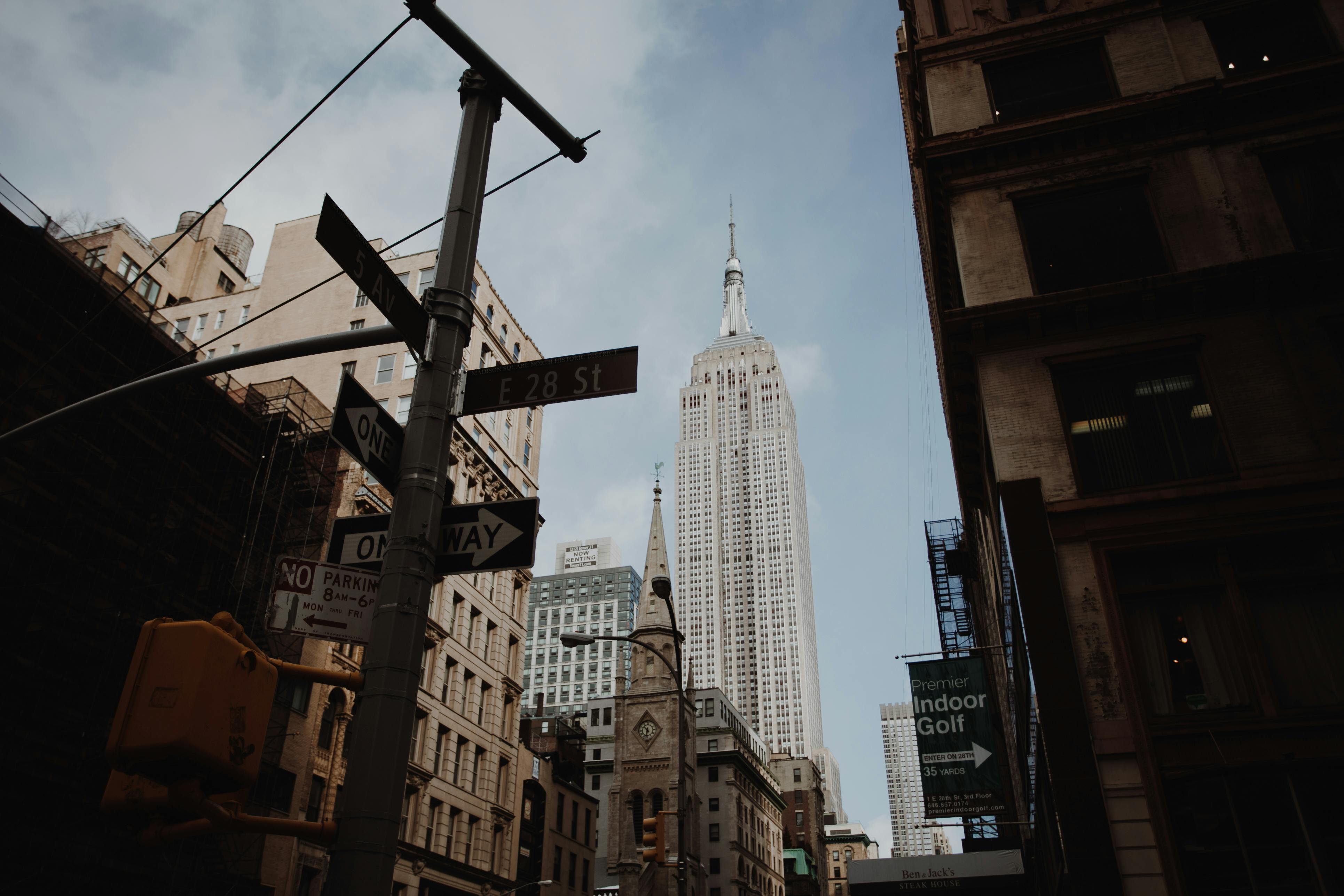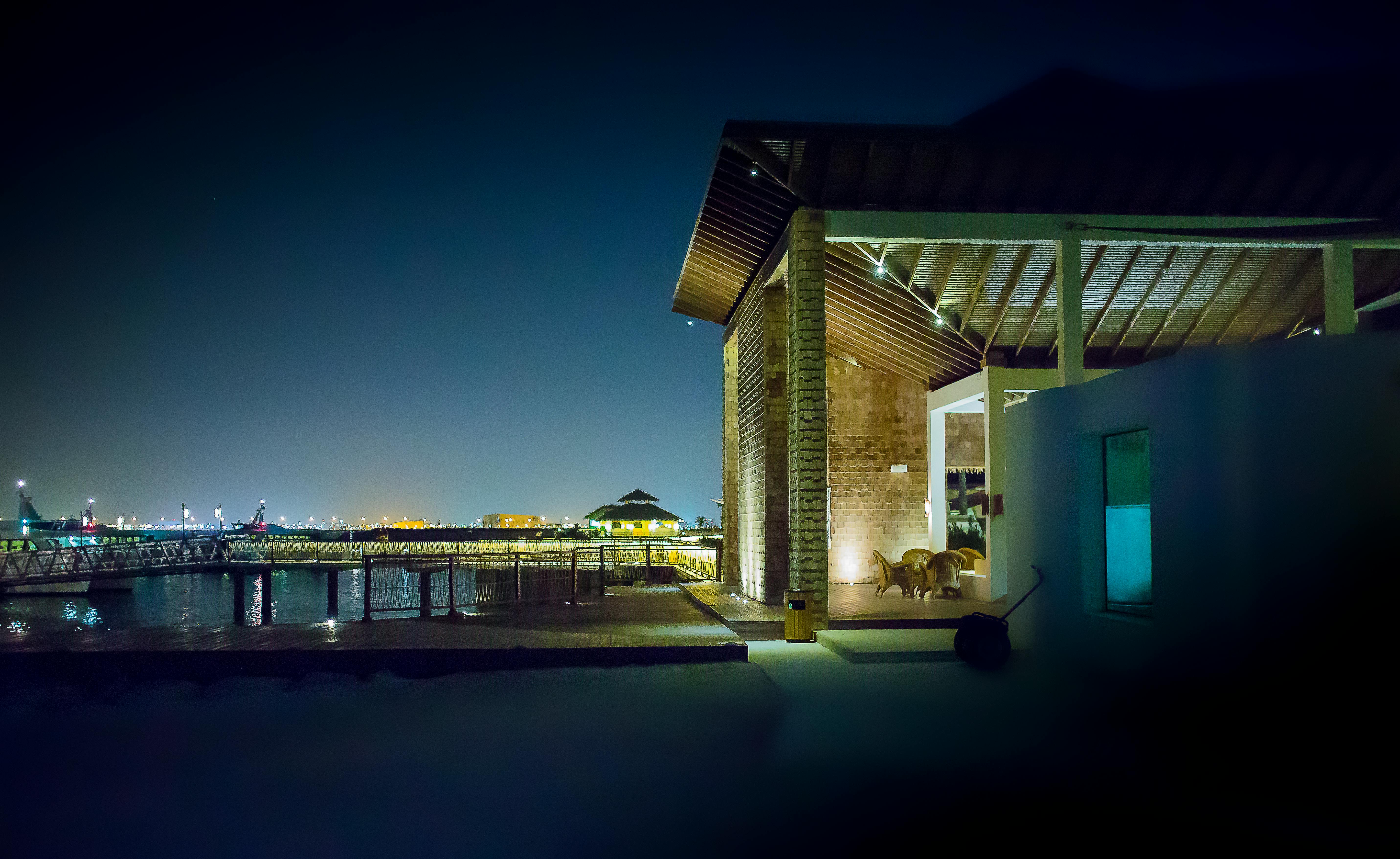Thomas Hirschhorn (born 1957) is a folk artist from Bern, Switzerland. He worked as a ‘Graphic Designer’ in Paris in the late eighties and gained fame for his installations where he uses common everyday materials such as plastic wrap, aluminum or silver foil, adhesive tape, cardboard, mirror, TV / Computer monitors and driftwood, to name a few. He likes to use these items in his work, because he thinks they are not artistic and have a universal touch. “Cavemanman”, created in 2002 at the Barbara Gladstone Gallery, New York, has been his most famous work so far.
For this remarkable work of art, an entire gallery space was turned into a cave. The cave is huge with its entire surface covered with packing tape. The entrance to Thomas’s “Caveman” looks like a hole in the wall. It’s intriguing and generates immense curiosity in viewers as they enter. In keeping with his contemporary style of installation, Hirschhorn has used ordinary objects that we come across every day, along with books, posters, and dolls to create this great work of art. Thomas has also adorned it with a variety of ‘pop’ culture and philosophical symbols. The entire cave is illuminated with fluorescent lamps. The human figures depicted in “Caveman” are actually mannequins wrapped in aluminum foil. These figures are shown connected to fake dynamite, which in turn is connected to some political books. These books include paperbacks by Rousseau, David Hume, and Tocqueville.
Thus, with physically connected cables and tubes, Hirschhorn has attempted to show an association between ordinary people and written philosophy. Each chamber of the cave represents some philosophy. The innermost chamber of “Cavemanman” has the feel of a teenager’s room, with the posters of Tupac Shakur, a topless Pamela Anderson, and various marching bands, all over the jagged cardboard and plastic rock walls. Empty cans are scattered everywhere in this section. Apart from this, the walls are covered with photocopies of chapters related to topics such as public health and globalization. An equation expressed as “1 man = 1 man” is repeatedly painted on all the walls.
It took about eight people to build the “Caveman” in two weeks. Its magnificence and opulence say a lot about the hard work invested in erecting it. The mind-blowing references to vices such as ubiquitous oppression in society and the messages that show the essence of equality between men make this piece of ‘Contemporary Art’ a true winner. Hirschhorn’s sculptures, installations and videos have always attracted audiences to see them in numerous exhibitions (solo and group), in the United States and Central Europe.








